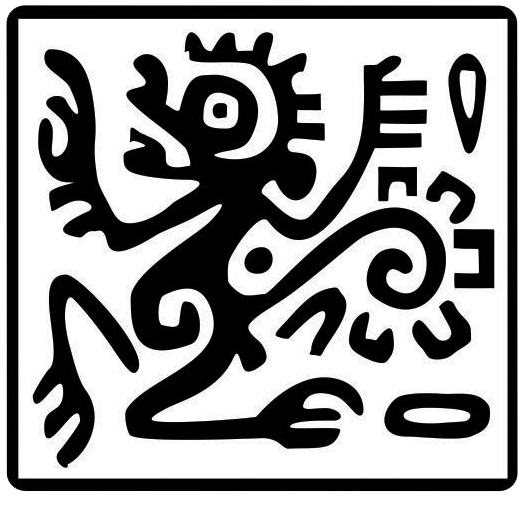Phoretic relationship between rodents and pseudoscorpions (Arachnida) in Chiapas, México
Abstract
Phoresy is defined as a non-parasitic association between an animal of small body size (phoront) and a large one (dispersal host), where the larger individual transports the smaller one. Rodents are frequently reported as dispersal hosts, of which 39 species are phoretic on 21 species of pseudoscorpion. The present note reports the incidental finding of the relationship between rodents and pseudoscorpions in 2 localities in Chiapas, México. Rodents were collected using Sherman live traps in an evergreen tropical forest at Ocuilapa de Juárez, municipality of Ocozocoautla, Chiapas, México. Pseudoscorpions were removed from the rodents using fine-tipped tweezers, stored in vials with 70 % alcohol, and processed for taxonomic identification. Five Epichernes navarroi pseudoscorpions were found associated with 2 species of rodents: Peromyscus mexicanus and Heteromys desmarestianus. Three pseudoscorpions were found with their chelae clamped to the hair near the base of the tail of P. mexicanus and 2 attached to the hair of the left hind leg of H. desmarestianus. All recorded arachnids were females; 3 had a newly formed brood sac containing 23 to 25 eggs each. There is an active phoretic relationship between Epichernes and the genera Heteromys and Peromyscus, probably due to their overlapping distribution ranges. This association is likely established in the nest of rodents. This work is the first to record the phoretic relationship between P. mexicanus, H. desmarestianus, and E. navarroi; besides, it is the first time that this pseudoscorpion species is reported for Chiapas, thus broadening its known distribution range in southeastern México.
Copyright (c) 2022 Therya Notes

This work is licensed under a Creative Commons Attribution-NonCommercial-NoDerivatives 4.0 International License.
THERYA NOTES is based on its open access policy allowing free download of the complete contents of the magazine in digital format. It also authorizes the author to place the article in the format published by the magazine on your personal website, or in an open access repository, distribute copies of the article published in electronic or printed format that the author deems appropriate, and reuse part or whole article in own articles or future books, giving the corresponding credits. The Creative Commons CC BY-NC-SD license is used.![]()










